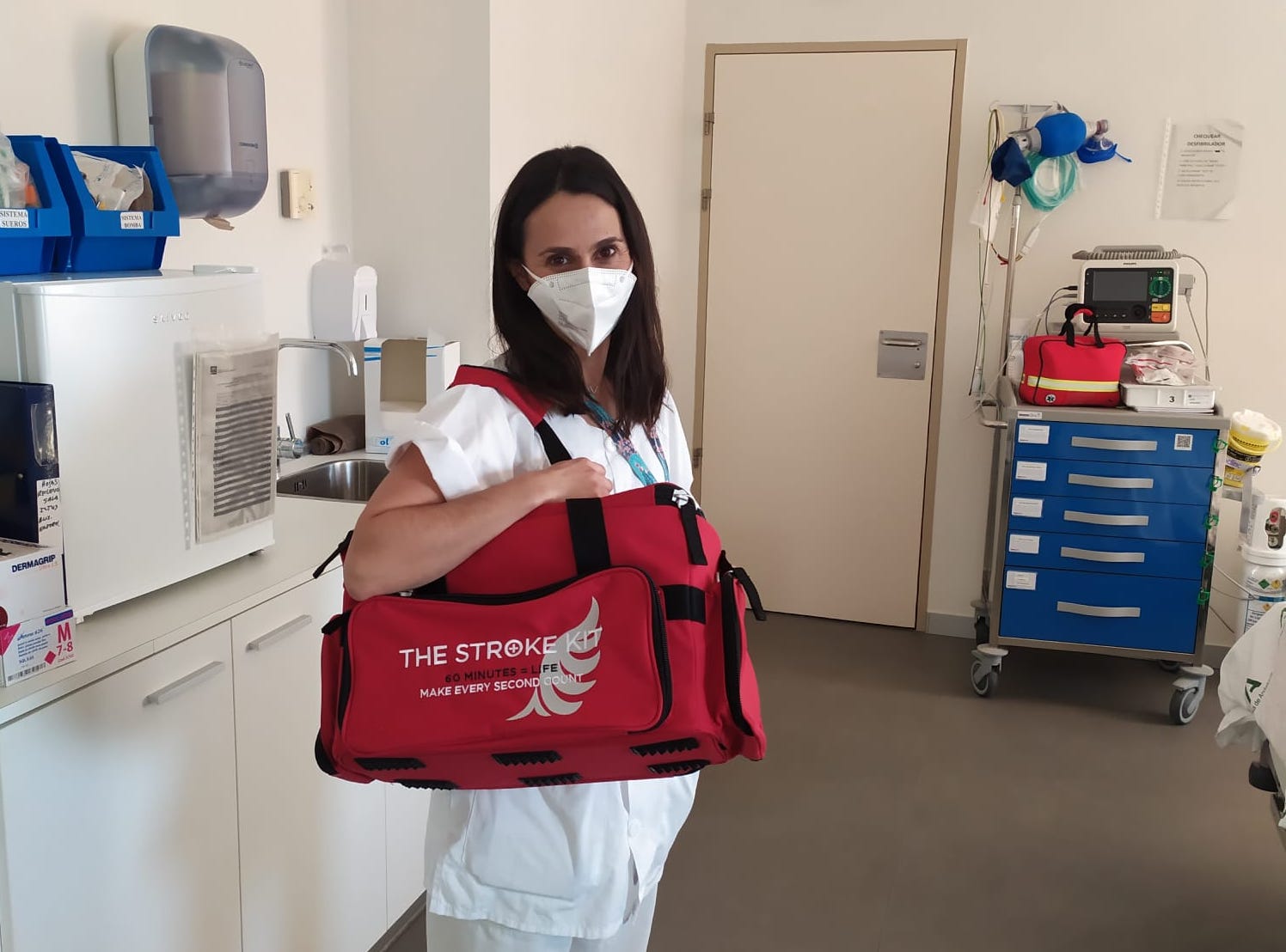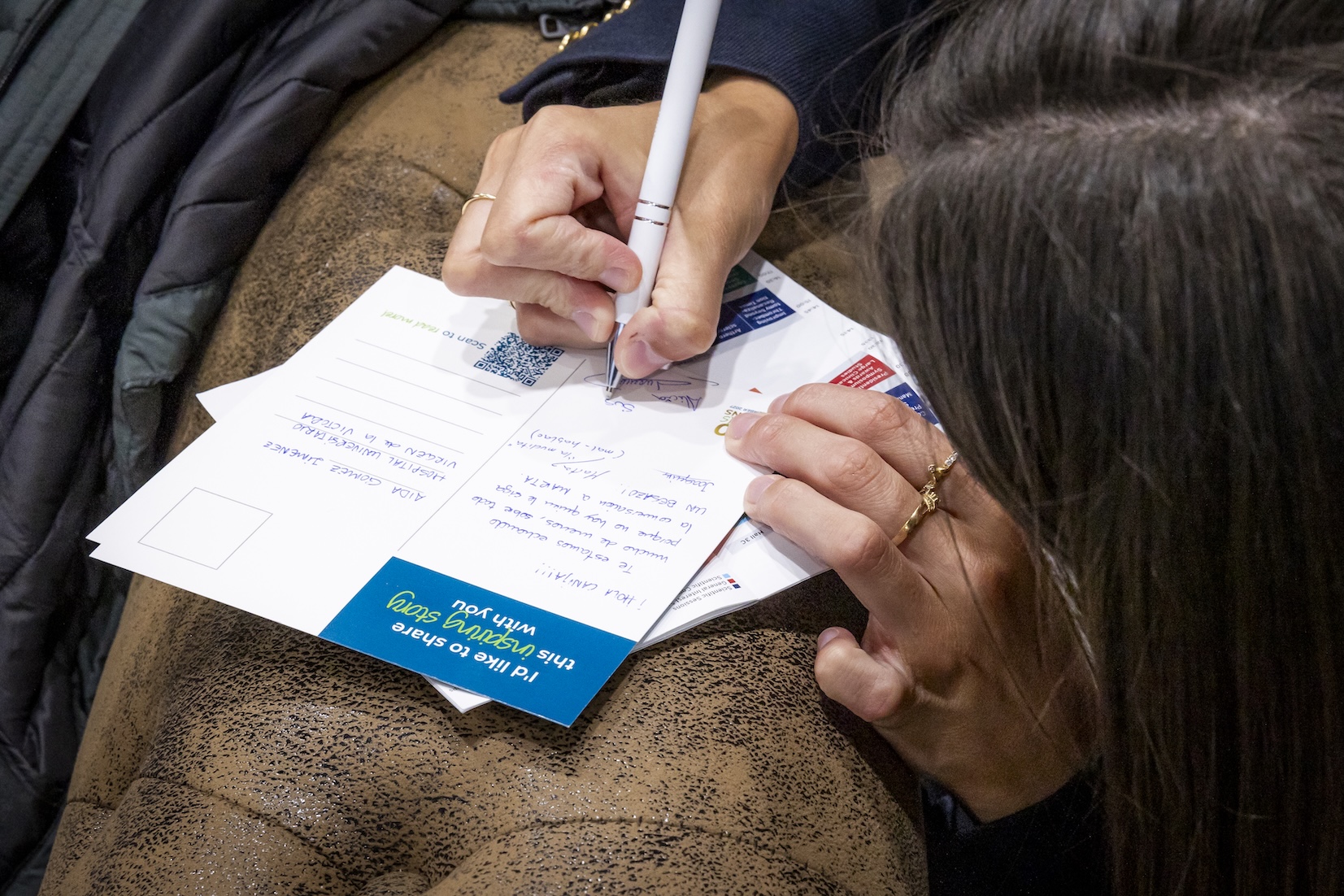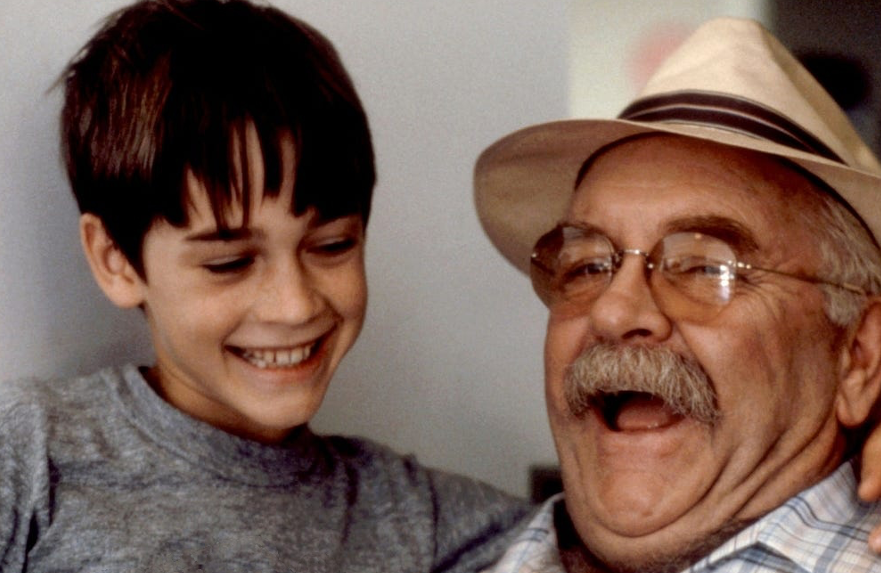
N. 1 SEVILLE | Il neurologo
L’Hospital Universitario Virgen del Rocío di Siviglia (HUVR) è il più grande e probabilmente il migliore ospedale della Spagna meridionale e conosciuto sia all’interno che all’esterno della Spagna per la qualità della sua ricerca. È il fornitore numero uno del Paese di trombectomia meccanica e un catalizzatore per l'eccellenza nella cura dell'ictus nella regione in cui ha aiutato molti altri ospedali a migliorare il loro percorso.
Il motore che guida l'eccellenza risiede nel quadro magro del neurologo Dott. Francisco "Pachi" Moniche, che parla del suo lavoro con tutta l'intensità che ci si aspetterebbe da qualcuno che ha tempo e che ha di nuovo osservato la differenza tra vita e morte. Lo sente ancora profondamente – il momento in cui la decisione giusta al momento giusto cambia la vita di qualcuno. In effetti, ha detto ai suoi residenti che se avesse mai smesso di diventare emotivo quando vedeva un paziente con ictus riacquistare la capacità di parlare e muoversi, dovrebbe dirgli di smettere.
Non c'è alcun pericolo che il dott. Pachi Moniche smetta di fumare presto. Un neurologo negli ultimi 16 anni, sapeva fin dall'inizio della sua specializzazione che l'ictus era ciò che chiama "la parte migliore". Con malattie degenerative come la sclerosi multipla o il Parkinson, un medico potrebbe cercare di preservare e migliorare la qualità della vita di un paziente. Tuttavia, trattando un ictus, potresti dare a qualcuno una vita, e questo è qualcosa di cui questo medico non può essere abbastanza.
Come in molti ospedali di sua generazione, vi sono notevoli distanze che separano la radiologia, l’emergenza e la stroke unit presso HUVR. Tuttavia, la pre-notifica da parte dell’servizio d'emergenza significa che il personale della stroke unit può incontrare il paziente all’ingresso e raccogliere informazioni rilevanti dal personale dell’ambulanza e condurre una valutazione NIHSS del paziente mentre viene trasportato direttamente nella sala TC.
In passato hanno trasferito il paziente al pronto soccorso per il trattamento, afferma la Dott.ssa Moniche. "Ma ci siamo resi conto che stavamo perdendo tempo."
Identificare la persona giusta per trattare il paziente alla TC era una questione di logistica del personale e DNA. La stroke unit era troppo lontana e con un solo infermiere della stroke unit in servizio il reparto sarebbe stato lasciato incustodito. La radiologia era avversa al rischio. Poi il dott. Pachi ha cercato nello specchio e ha trovato esattamente la persona che stava cercando.
L'iniezione del farmaco trombolitico in sé non è nel playbook di tutti i neurologo. Alcuni insistono in un ambiente più convenzionale con infermieri e monitor presenti, anche se ciò comporta un certo ritardo. Ma posticipare un miracolo non è nel DNA della Dott.ssa Moniche. Non può neanche concordare con il neurologo che in un recente webinar ha espresso il parere che eseguendo un’attività solitamente assegnata agli infermieri, il dott. Moniche stava minando il lavoro di squadra.
Non la sua comprensione del lavoro di squadra, comunque. Al contrario. "Quando state tutti spingendo insieme una barella, questo sta lavorando in squadra", dice. "Cosa è più importante è il paziente e nessuno è troppo importante per aiutare."
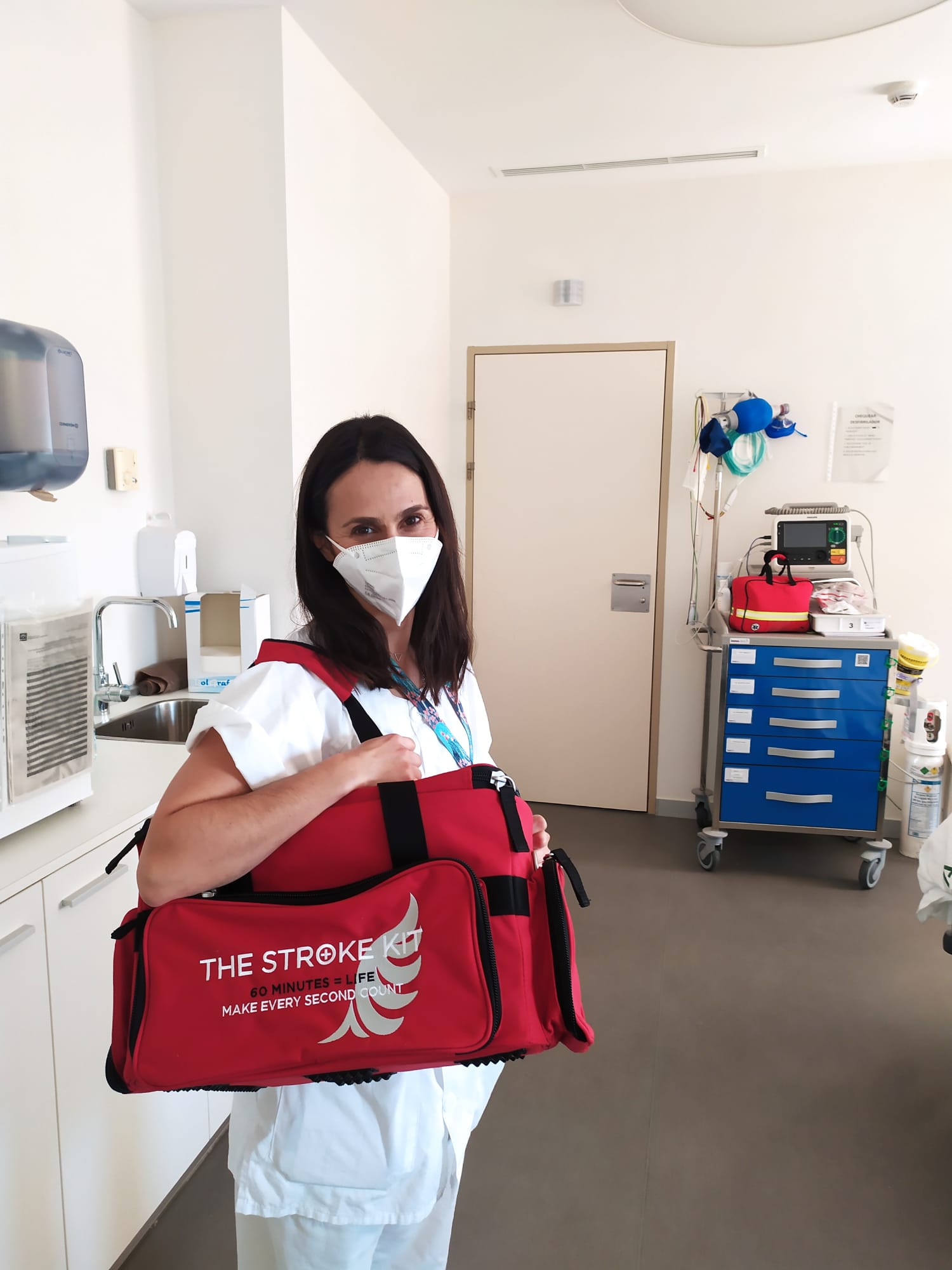
N. 2 MÁLAGA | L’infermiere della stroke unit unit
La stroke unit dell’ospedale universitario Virgen de la Victoria di Málaga si trova al quarto piano, in un passaggio in ascensore e a una breve distanza dalla sala TC situata al piano terra vicino al pronto soccorso. È un cammino ben conosciuto da effettuerà il suo lavoro.
Quando una paziente con ictus viene portata in ospedale, è lei a fare il passo verso il basso, il suo ritmo è accelerato da un’urgenza di anticipazione e preoccupazione.
Non ricorda esattamente il motivo per cui ha scelto l'infermieristica 20 anni fa, ma ricorda molto chiaramente quando la neurologia l'ha scelta. All’inizio della sua carriera aveva avuto difficoltà a trovare il suo modo di fare, rimbalzando tra città e specialità.
"All'improvviso la mia grande esperienza – un anno di lavoro come volontario nella Repubblica Dominicana e Haiti, nel mezzo del terremoto catastrofico del 2010."
Tornando in Spagna e avendo recentemente conseguito un Master in Salute Internazionale, ci sono voluti diversi anni per la neurologia per trovarla. Ma quando finalmente lo ha fatto, ha sentito un senso di riconoscimento e ora è personale, dice. "Non solo come infermiere ma come donna – sento che tutto ciò che riguarda l'ictus vale il mio tempo".
È entrata a far parte della stroke unit di Virgen de la Victoria quando è stata avviata nel 2018 e la loro prima trombolisi rimane fresca in memoria:
"Tutti i membri del team erano nervosi, è stata la prima volta per molti di noi. Durante il mio cammino stavo pensando a dosi, effetti collaterali, segnali di emergenza, limiti per la pressione arteriosa... Poi ho sentito il medico che mi chiedeva di preparare la trombolisi. Ricordo gli occhi del paziente. Non riusciva a parlare quando è arrivato, ma dopo qualche minuto ha iniziato a gridare, 'Ehi, ascolta, è la mia voce di nuovo!' Mi sentivo un magico e ricordo di ringraziare la scienza per averlo reso possibile."
"L'infermiere della stroke unit si reca alla TC è probabilmente uno dei migliori esempi di cosa significa 'lavoro di squadra'", afferma il suo collaboratore. "Siamo coinvolti in tutto il processo e comprendiamo la nostra responsabilità. Allo stesso tempo, i neurologi sono ora più vicini, la comunicazione è migliore e ci sentiamo più rispettati, quindi la relazione è più forte.
"Tra gli infermieri del lavoro di squadra della stroke unit è anche importante, perché se il Suo collega va alla TC Lei è responsabile dei suoi pazienti, quindi dall'inizio di ogni turno lavoriamo fianco a fianco."
L'impegno di Sua figlia nella cura dell'ictus l'ha spinta a ricoprire un ruolo di leadership non ufficiale nel suo ospedale. "Voglio solo condividere le mie conoscenze ed entusiasmo con i miei colleghi con lo scopo che il paziente riceva sempre le migliori cure possibili, indipendentemente da chi è in servizio."
Quando torna a casa alla fine di un turno impegnativo, spesso per bruciare l’olio di mezzanotte mentre lavora ai suoi studi di dottorato, si fida del fatto che il team ha fatto del suo meglio e che tutti si sentono apprezzati e riconosciuti. "È una sensazione incredibile."
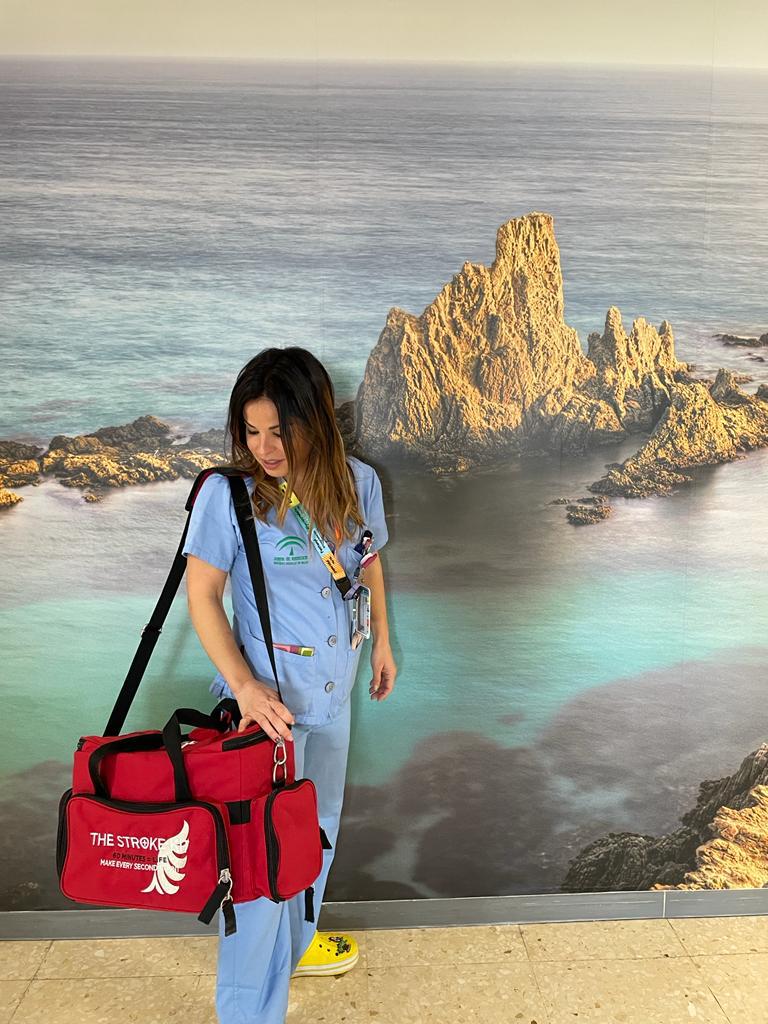
N. 3 ALMERIA | infermiere del pronto soccorso
L’ospedale universitario Torrecárdenas di Almería raccoglierà presto il suo secondo premio diamantato ESO Angels, una ricompensa adeguata per un focus di miglioramento che ha visto il tempo tra l’arrivo in ospedale e l’inizio della trombolisi ridursi al di sotto dei 45 minuti per l’80% dei loro pazienti e il loro tasso di ricanalizzazione raggiunge il 34%. Angels Diamond Award Il trattamento dei pazienti alla TC è un’azione prioritaria chiave che hanno attuato fin dall’inizio.
Il percorso dell’ictus presso l’ospedale Torrecárdenas è uno studio logico. Quando si sospetta un ictus, il Servizi d'emergenza informa sia il neurologo che il pronto soccorso (PS) che a turno avvisa la radiologia. Il paziente viene incontrato all’ingresso e portato in breve pausa nell’area critica della DE alla sala Imaging TC al piano terra. Dopo il trattamento con trombolisi, vengono ricoverati nella stroke unit o, se sono anche candidati per la trombectomia, nella stanza neuro-interventistica direttamente adiacente.
La somministrazione del farmaco trombolitico è responsabilità di Mari Paz Fernández, uninfermiere addetta alla DE che ha notato il suo approccio proattivo e il suo impegno nei confronti dei suoi pazienti. Dopo 17 anni, come infermiere, ha imparato a non lasciare che il suo lavoro giochi gioco alle sue emozioni, ma l’ictus può essere l’eccezione.
"L'ictus ti segna", dice. "Sei preoccupato che possa accadere a qualcuno che ami, quindi cerchi ancora di più di assicurarti che i pazienti ricevano le migliori cure e possano aspettare con impazienza una vita di qualità."
Sono i genitori più giovani che la colpiscono di più, dice, che ricorda una donna afasica di 40 anni con emiparesi del lato destro. "Le nostre età sono simili e mi sono vista riflettere su di lei. Mi ha sopraffatto pensare che avrei potuto essere quella donna."
Tuttavia, non appena Mari ha somministrato il bolo, ha visto delle lacrime che si formavano negli occhi della paziente e ha sentito la mano schiacciata. Dice: "La sensazione quando qualcuno ti ringrazia sta solo guardando, che rimane con te per sempre."
Mari è cresciuta sapendo di voler lavorare nel settore sanità e di aver scelto l’assistenza infermieristica, perché ciò ha comportato più tempo con i pazienti. La sua esperienza comprende il lavoro nel Servizi d'emergenza, che le ha dato preziose informazioni sull’interfaccia tra le fasi pre-ospedaliero e intra-ospedaliera e sull’importanza della coordinazione tra i team.
Ama il suo lavoro perché non ci sono due giorni uguali e vede l’umanità nel suo meglio e nel suo peggio. Essendo parte di un team che salva vite, lei dice che è incredibilmente buona.
Essere responsabile della trombolisi come infermiere d’emergenza ha perfettamente senso, crede. "Dopo tutto, l'ictus è un'emergenza."
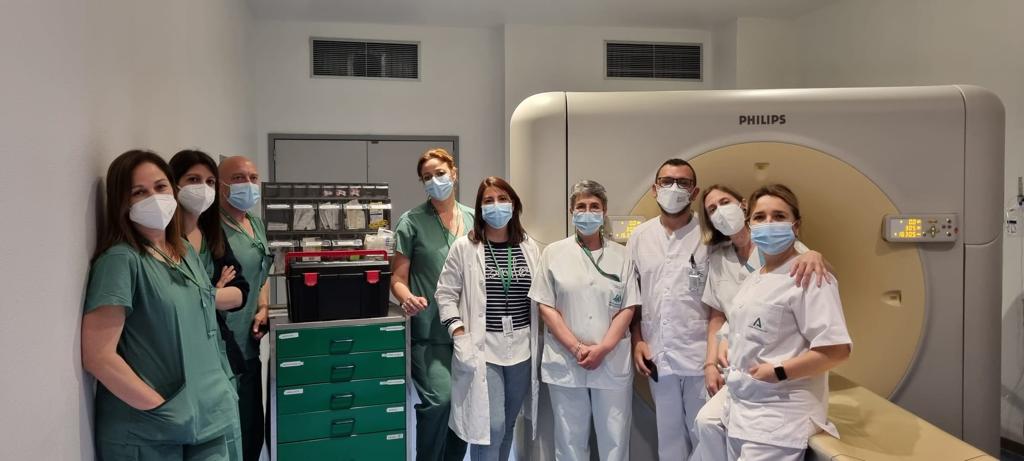
N. 4 GRANADA | L’infermiere di radiologia
È il lavoro di un momento per cambiare una mentalità. Estefanía Terrón, supervisore di radiologia presso l’Ospedale Universitario San Cecilio di Granada, ricorda un momento del genere. È successo molto presto dopo che il protocollo per l’ictus presso il suo ospedale è stato modificato e il compito di iniettare il farmaco trombolitico è stato assegnato al suo team. In questa occasione il neurologo aveva avuto il problema di ringraziare e congratularsi con il personale infermieristica di radiologia per il loro ottimo lavoro e di condividere la notizia che il paziente stava recuperando rapidamente.
"L'infermiere che aveva dato il bolo ha parlato con i suoi colleghi e si è resa conto che il loro ruolo era stato importante e ha portato a lacerazioni."
Dopo di che erano un team diverso.
Estefanía incarna le due caratteristiche che portano le persone alla carriera nell’assistenza infermieristica: il coraggio e il desiderio di aiutare gli altri. Entrambi
sono il motivo per cui ha detto "sì" due anni fa quando, nell’ambito di un progetto volto a sviluppare il proprio protocollo per l’ictus e migliorare i tempi di trattamento, l’opzione di trattamento alla TC è stata presentata a tutti i servizi coinvolti nel codice ictus.
"Sì", ha affermato Estefanía, il suo team lo farebbe.
In precedenza il trattamento era stato eseguito in UTI, ma con la sala TC situata proprio al pronto soccorso, il nuovo protocollo era un potenziale sostituto d’azione che avrebbe ridotto il tempo tra l’arrivo in ospedale e l’inizio della trombolisi ospedale a meno di 35 minuti.
"Sapevamo dagli studi che era meglio per i pazienti", afferma Estefanía. Non pensava due volte di mettersi la mano.
L’opportunità di prendere decisioni a beneficio dei pazienti è una delle cose che ama del suo lavoro. Ha saputo da quando era una bambina che l’infermieristica era il suo destino, ma era come uninfermiere al pronto soccorso e Servizi d'emergenza che ha scoperto la sua vera chiamata. Lavorando in un ambiente di emergenza ha nutrito la sua fiducia nel lavoro di squadra; poi l’ictus e l’importanza critica del tempo nella la cura dell'ictus l’hanno portata alla radiologia, dove si è distinta rapidamente come leader.
Il cambiamento è sempre difficile, afferma Estefanía, ma puoi superare la paura rimanendo concentrato sull'offrire cure di qualità ai pazienti. "La chiave è l'empatia e mettersi al posto del paziente. Dico sempre ai miei colleghi: "Se il paziente fosse mio padre, come vorrei che il team agisca?"
